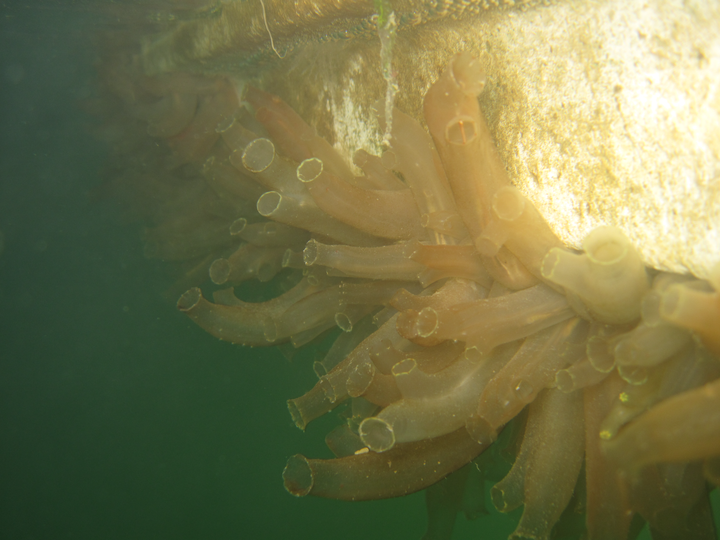Anthropogenic transport of species across native ranges: unpredictable genetic and evolutionary consequences
 Image credit: [Luke Holman]
Image credit: [Luke Holman]
Abstract
Human activities are responsible for the translocation of vast amounts of organisms, altering natural patterns of dispersal and gene flow. Most research to date has focused on the consequences of anthropogenic transportation of non-indigenous species within introduced ranges, with little research focusing on native species. Here, we compared genetic patterns of the sessile marine invertebrate, Ciona intestinalis, which has highly restricted dispersal capabilities. We collected individuals in a region of the species' native range where human activities that are known to facilitate the artificial spread of species are prevalent. Using microsatellite markers, we revealed highly dissimilar outcomes. First, we found low levels of genetic differentiation among sites separated by both short and large geographical distances, indicating the presence of anthropogenic transport of genotypes, and little influence of natural geographical barriers. Second, we found significant genetic differentiation in pairwise comparisons among certain sites, suggesting that other factors besides artificial transport (e.g. natural dispersal, premodern population structure) may be shaping genetic patterns. Taken together, we found dissimilar patterns of population structure in a highly urbanized region that could not be predicted by artificial transport alone. We conclude that anthropogenic activities alter genetic composition of native ranges, with unknown consequences for species' evolutionary trajectories.